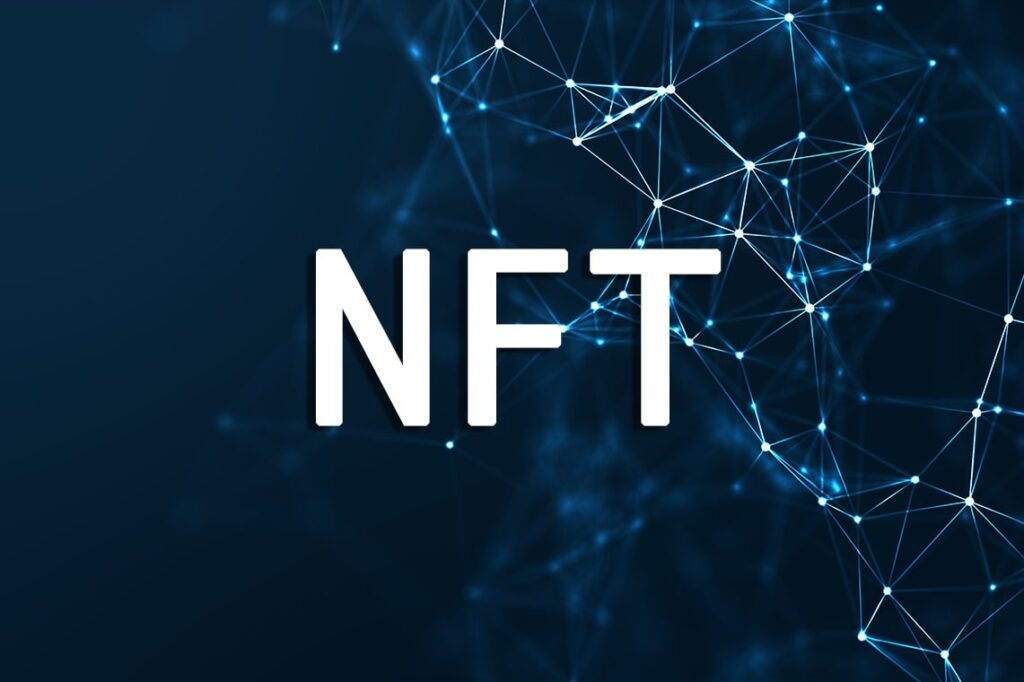What’s this about?
To define NOT FUNGIBLE TOKENS, it is first worth taking a short step back and defining what a FUNGIBLE TOKEN is, or rather what is “fungible”.
Fungible things are taken into consideration for the characteristic of being considered by weight or measure (100 kg. of grain), and also from this point of view they can be distinguished from generic things where reference is made to the way in which the parties decide to define the thing, whether it belongs to a genus or not.
Accordingly…. Non-fungible tokens or NFTsare cryptographic assets on the blockchain with unique identification codes and metadata that distinguish them from each other. Unlike cryptocurrencies, they cannot be traded or traded at equivalence. This differs from fungible tokens such as cryptocurrencies, which are identical to each other and, therefore, can be used as a medium for business transactions.
An NFT is in fact the evolution of a tangible asset, the unique digital assets that distinguish it allow those who use them to be the true owner. There are three characteristics of an NFT:
Uniqueness
, each NFT is different from the other. NFTs possess a unique ID. The contracted address and the ID token are unique contents within the reference ecosystem.
Indivisibility
, you can’t decompose or split an NTF.
But why is there so much talk about it?
2020 was the year that saw the take-off of NFTs, because it became part of other worlds other than computer science and economics, such as the art world, completely breaking the mold. The artist has always been accustomed to selling his works through exhibitions or private collections, thanks to NFTs it is possible to buy a work that is “non-tangible” and “unique” at the same time.
A few weeks ago, the first NFT art creation was sold on the famous online auction site Christie’s for almost $70 million.
The work “
Everyday: The First 5000 Days
” was created by the 39-year-old graphic designer Beeper, it is a collage of photos that the artist had been collecting for some time and which, when assembled, gave life to the drawing.
“
Everyday: The First 5000 Days
” is the first-ever most expensive NFT (Non-Fungible Token) artwork and, at the same time, the first independent NFT artwork to be sold by an auction house.
NFTs open the door to something undefined, everything can become NFTs. No market is excluded, everything or “non-thing” can be made unique and not replicable.
We’ve already referenced the first NFT artwork ever sold before, but this isn’t the only marketplace where NFTs are taking up space.
In addition to music, insurance, and gaming, NFTs are famous for being tied to something that would hardly have been auctioned or sold (for exorbitant amounts then).
Among the most famous examples is the first “tweet” by Twitter CEO Jack Dorsey who auctioned off his first “tweet”, sold for 2.5 million dollars, or Taco Bells (a well-known fast food chain) which sold the first “virtual tacos”, i.e. the first official GIFs of the brand that sold out in less than half an hour.
NFTs and BLOCKCHAIN
What you buy with NFTs is not the “physical” work itself, but a certificate, a token, which allows you to assert the rights to the work. NFTs are, in fact, an evolution of the blockchain (created to allow and track the movement of currency, a sort of ledger).
One of the main platforms for trading NFTs is Crypto.com, a well-known success story of Amazon Web Services.

